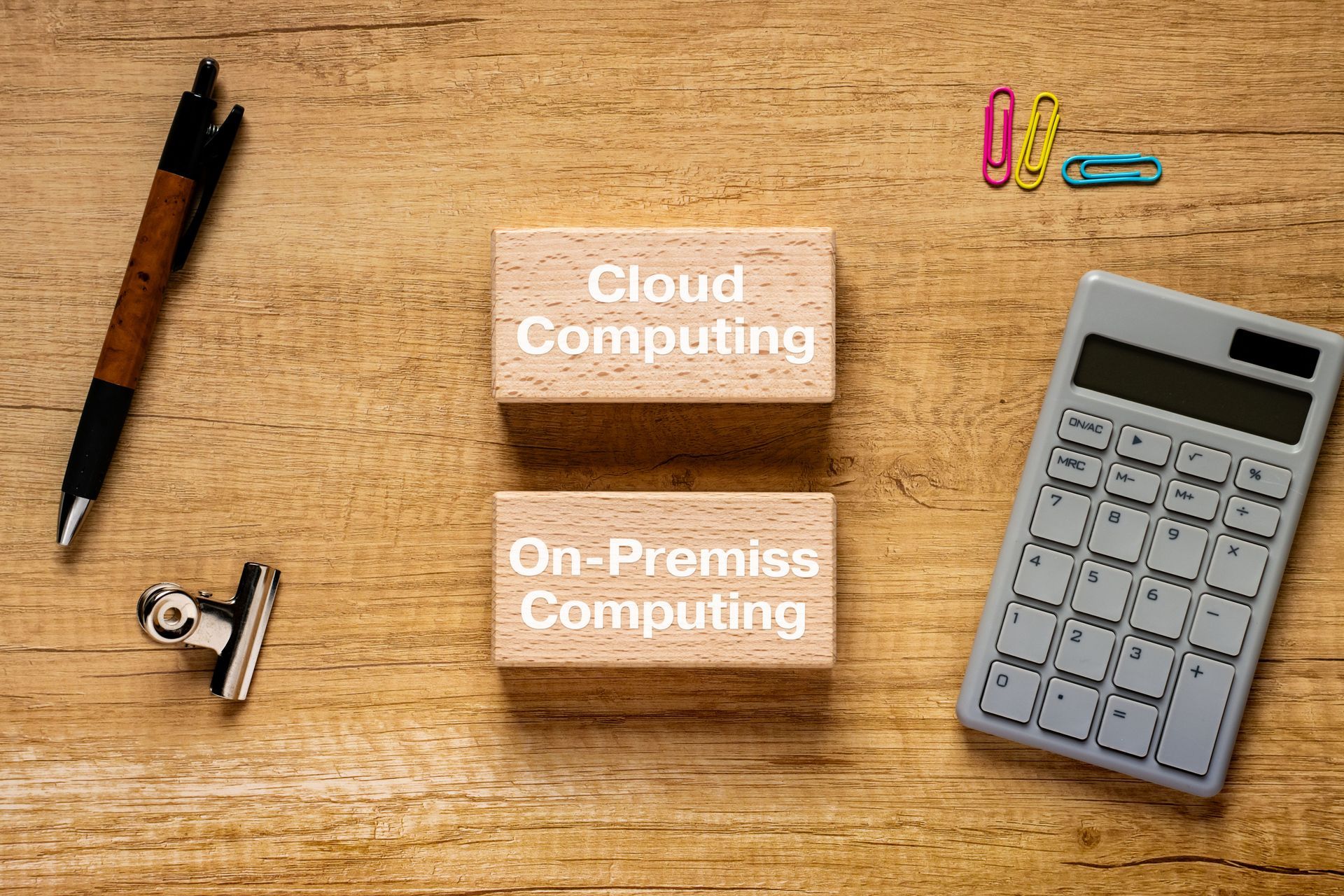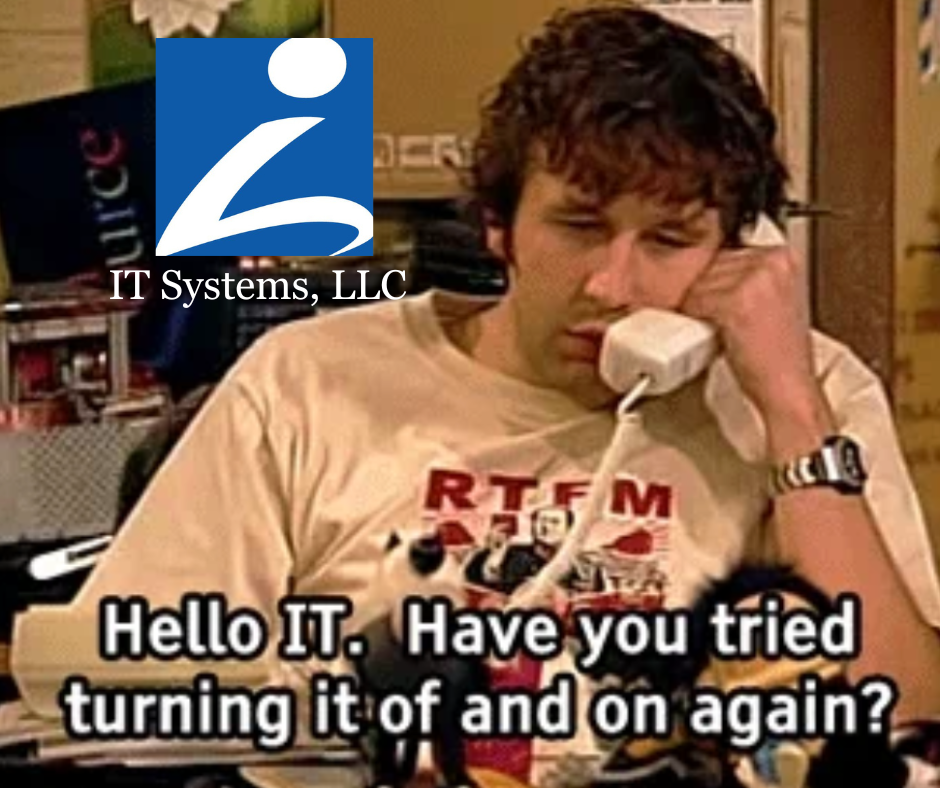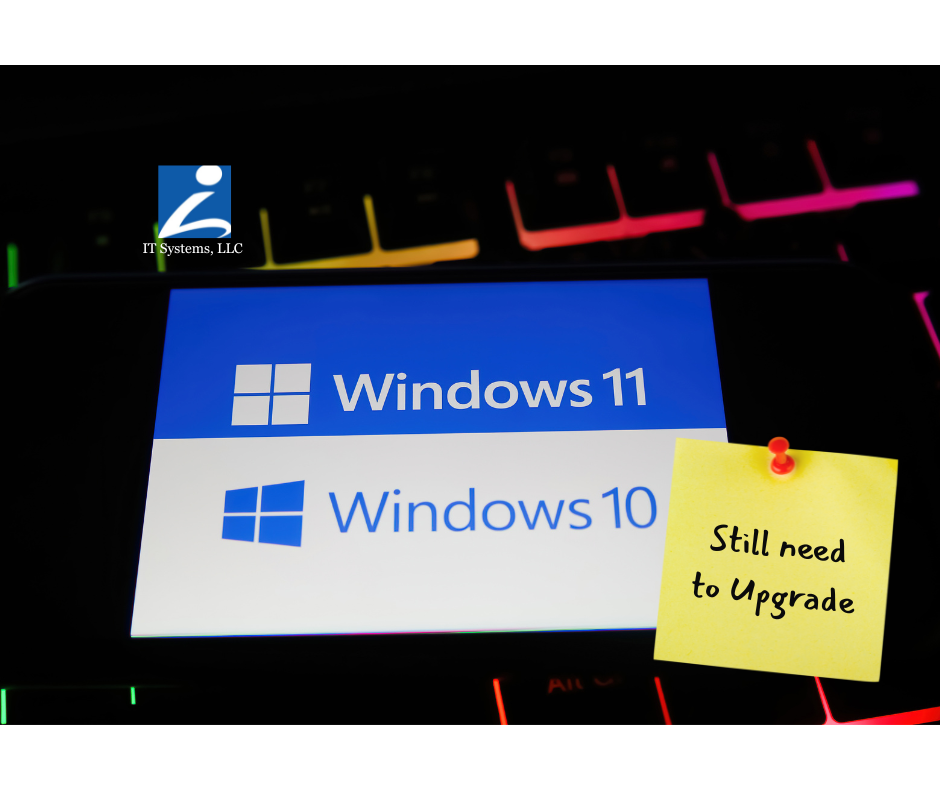Cloud vs. On-Prem: What West Michigan Businesses Should Choose in 2026
This article has been written by Greg Johnson

Cloud or On-Prem in 2026? Here’s What Smart Michigan Businesses Are Doing

IT Infrastructure Isn’t One-Size-Fits-All
According to Gartner, more than 85% of organizations will embrace a cloud-first principle by 2025, yet many small and mid-sized businesses in West Michigan still rely on traditional on-premise servers for their day-to-day operations.
That’s not necessarily a bad thing, unless the infrastructure you’re using is holding you back. Choosing between cloud and on-prem IT isn’t just about where your files live. It’s about security, scalability, cost, and how fast your business can respond to change.
What’s the Real Difference Between Cloud and On-Prem?
Let’s break it down in plain English: On-premises IT means your servers, software, and data storage physically live at your office or facility. You’re in full control, but also fully responsible for everything from security to backups to system updates.
Cloud IT means those same tools and services live off-site, typically managed by a provider like Microsoft or Google, and accessed through the internet. You don’t have to worry about physical hardware, and updates/security are handled for you.
The key question isn’t which one is 'better.' It’s: What works best for how your business operates today and where you want to be tomorrow?
The Shift Toward Cloud-Based IT
A recent TechRepublic survey found that 60% of small businesses that moved to the cloud reported improved security, 55% saw reduced IT costs, and 63% gained increased flexibility in how and where they work.
In our own work with West Michigan businesses, we’ve seen similar trends. Companies that relied heavily on in-office systems before 2020 are now prioritizing cloud-first tools to support hybrid work, remote employees, and always-on access.
Pros and Cons of Each Approach
On-Premises IT – Pros:
- Full physical control over data and equipment
- No reliance on internet for access
- Customizable to unique legacy systems or industry-specific software
On-Premises IT – Cons:
- High upfront costs for servers and hardware
- In-house responsibility for security, backups, and updates
- Less flexibility to scale quickly
- Risk of data loss in case of fire, flood, or theft
Cloud IT – Pros:
- Scales as you grow—pay for what you use
- Accessible from anywhere with internet access
- Lower upfront costs and predictable monthly billing
- Built-in security, encryption, and compliance
- Automatic software updates and patches
Cloud IT – Cons:
- Requires reliable internet access
- Ongoing monthly costs (can add up without planning)
- Some control is delegated to cloud providers
- May require cultural/behavioral change for staff
What About a Hybrid Approach?
Many businesses don’t have to choose one or the other. Hybrid environments combine the reliability of on-prem with the flexibility of cloud systems.
For example, you might run local servers for time-sensitive applications or legacy tools, while backing up data to the cloud and using Microsoft 365 or Google Workspace for communication and collaboration.
How to Decide What’s Right for Your Business
1. What Are Your Workflows?
If your team works remotely, visits job sites, or needs 24/7 file access, cloud is often the better fit. If your systems are only used in-office, on-prem may still work.
2. What’s Your Budget?
On-prem has a higher up-front cost. Cloud has predictable monthly pricing but can grow if not monitored. A local IT provider like IT Systems, LLC can help you model total cost of ownership (TCO).
3. What’s Your IT Capacity?
If you don’t have an internal IT team, managing physical infrastructure can become a burden. Cloud lets you outsource management, monitoring, and updates.
4. How Important Is Security and Compliance?
Both approaches can be secure, but they require different strategies. HIPAA-compliant environments, for example, may favor specific cloud vendors or require secure local setups.
A Grand Rapids Manufacturer’s Shift to the Cloud
One of our clients, a 30-person manufacturer in Grand Rapids, was using a 2012-era file server and VPN system to share files between offices. Their staff complained about slow access, failed syncs, and constant IT tickets.
We migrated them to Microsoft 365 with SharePoint and Teams, replaced aging PCs, and decommissioned their physical server entirely. The result? Lower IT overhead, faster collaboration, and fewer support calls. Their field techs now access files instantly from any device.
When to Rethink Your Setup
Still not sure if you’re on the right platform? Here are some signs it’s time to reassess:
- Staff constantly rely on workarounds to access files remotely
- Hardware is older than 5 years or unsupported
- Cybersecurity feels like guesswork
- Your IT team is always reacting instead of planning
Let’s Build a System That Works for You
At IT Systems, LLC, we help West Michigan businesses move to smarter, scalable IT infrastructure. Whether that means cloud, on-prem, or a mix of both.
We’ll help you map out your needs, model the costs, and design a system that supports your goals. And we’re local...so when you need us, we’re just down the road
Share this article


